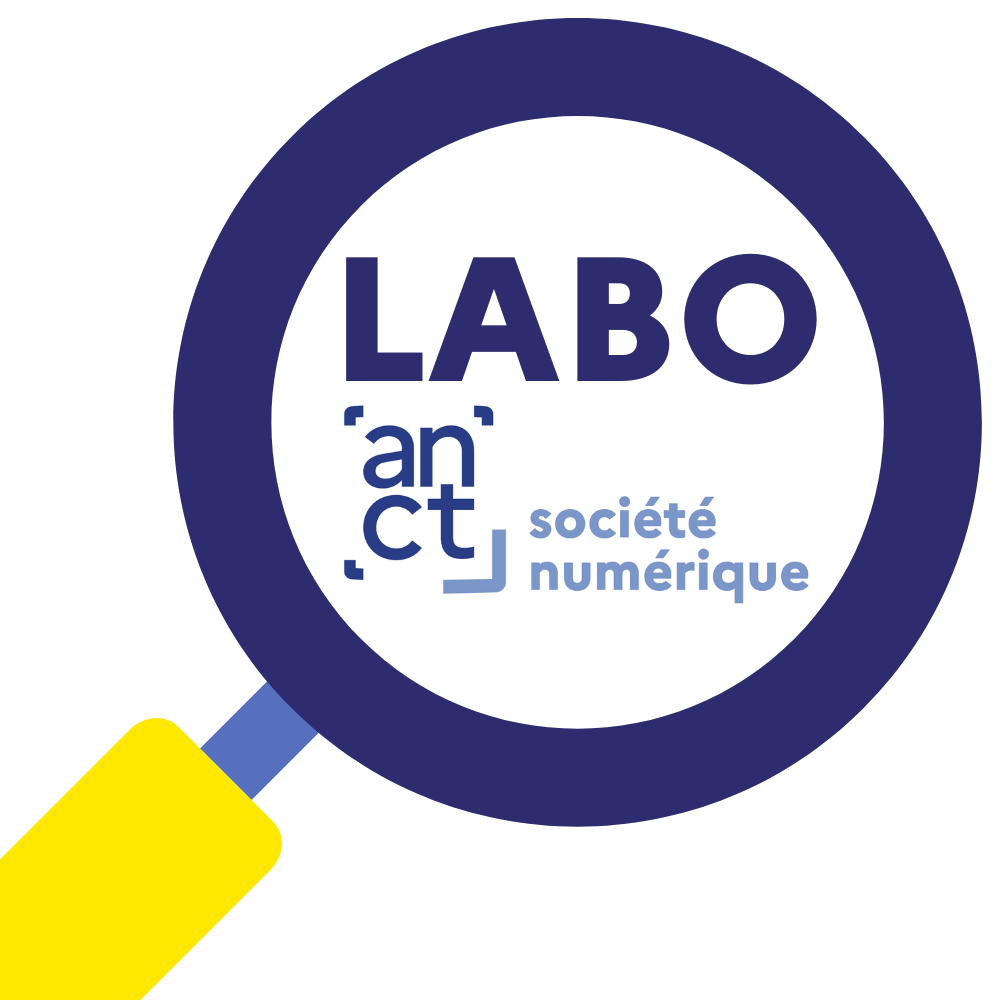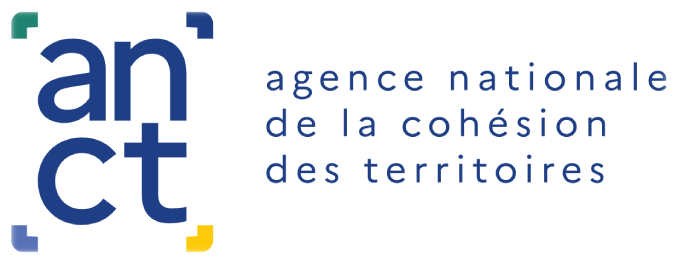While the concept of the commons is being evoked and claimed more and more widely, Mélanie Clément-Fontaine, Mélanie Dulong de Rosnay, Nicolas Jullien and Jean-Benoît Zimmermann observe " a tendency to declare as falling under this concept a set of activities that is undoubtedly too broad, most often confusing it with the so-called collaborative or participatory economy. Such excesses are particularly noticeable in the field of digital platforms, in which the boundaries between production and use of resources have become blurred.
According to the definition proposed by Elinor Ostrom, winner of the Nobel Prize in Economics in 2009, the resource around which a common is built is rivalrous and its management is ensured by a defined group that benefits from its consumption and ensures its sustainability. The theory of the commons is thus at the crossroads of three assertions: " a shared resource, a system of distribution of rights and obligations, and a governance structure that ensures respect for the rights and obligations of each participant in the commons.
The governance of the digital commons, therefore, has two dimensions, internal and external. " The internal dimension governs the functioning of the group of producers who keep the resource alive, develop it, improve it and enrich it, while the external dimension governs the conditions under which users can make use of the resource. Its function is to protect the resource against misappropriation and to promote its prosperity and descent through the production of derivative works that will remain in the commons and continue to enrich it.
One of the questions addressed in this issue of the journal Terminal, which combines theoretical analyses and case studies, is that of the specificities of the digital commons in relation to the knowledge commons: " Is digital technology simply a tool that allows the knowledge or information commons, which would otherwise struggle to be produced and disseminated, to flourish? In this case, does the digital simply give a boost to pre-existing commons? Or does the digital give birth to specific commons, inseparably linked to their digital nature?
General framework of the digital commons
Two articles in this dossier offer a general framing of the digital commons in the context of and as a response to recent developments in digital capitalism and the role of the state.Sébastien Broca distinguishes two waves in the emergence of the digital commons. The first wave responded to a situation of excessive control of access to knowledge by alternatives based on open access and free contribution, and led to the formation of a political advocacy coalition. The more recent movement includes cooperative-type platforms that build on the commons. This second model of the digital commons opposes platform capitalism and its exploitative practices of workers and user data and reinforces the eminently political function of the actors and projects of the digital commons.
Sébastien Shulz revisits the relationship between the "commons" and the state. Many authors have discussed the commons as an organizational model of resource management that could replace the centralized model of the state or the decentralized model of the market. " The actors behind this idea of a revival of the commons actually have an ambiguous relationship with the state," observes Sébastien Shulz. By studying the history of the digital commons and the actors who make the claim, he identifies three moments that conceptualize three forms of the digital commons - digital commons, digital commons, and digital commons - and three alternative forms of the State.
Case Studies
Through four case studies, this dossier highlights some of the characteristics of the digital commons with the importance of law, the political role and commitment of communities mobilized in society, the function of technology beyond a coordination function in the implementation of governance rules.With the case of Wikipedia, Léo Joubert addresses the question of a common for which the community of users extends far beyond that of contributors. The author develops a dual sociological model of this mass common. He shows "how Wikipedia, despite the non-rivalry of the resource, fits into the Ostromian logic, while substituting a sociological model for a naturalistic one".
Pierre Robert and Amélie Lefebvre, based on a comparison of two digital commons initiatives in the Hauts-de-France region, the Lille Assembly of Commons and SIILAB, construct an analysis grid of these commons, based on five dimensions structuring the sociotechnical conditions of their use and especially of their management: the institutional, community, multi-scale, appropriation and political dimensions.
Léa Stiefel and Alain Sandoz examine the case of a peer-to-peer platform for private data exchange in the agricultural sector. They show how the governance and the rules of use of this platform are embedded in its distributed technical architecture. This governance by infrastructure is presented as characteristic of the digital commons.
Robert Viseur and Amel Charleux, finally, return to the initiatives of the makers during the health crisis. " Their effectiveness was based in particular on their ability to coordinate through appropriate online tools, made essential by the widespread containment, thus reinforcing the key role of digital technology in this mobilization.
Contents
- Mélanie Clément-Fontaine, Mélanie Dulong de Rosnay, Nicolas Jullien and Jean-Benoît Zimmermann: Digital commons: a new form of collective action?
- Sébastien Broca: Commons and digital capitalism: history of an antagonism and some elective affinities
- Sébastien Shulz: Sociological history of an ambiguous movement: what the critique of the state tells us about forms of the digital commons.
- Léo Joubert: Between "communities of contributors" and "society of users", the mass commons. The case of Wikipedia
- Léa Stiefel and Alain Sandoz: A peer-to-peer platform for data exchange. The emergence of a digital commons
- Amélie Lefebvre-Chombart and Pierre Robert: The digital commons: a comparison between the Lille Assembly of Commons and SIILAB. The emergence of a digital commons
- Robert Viseur and Amel Charleux : Contributions and coordination of the makers in the face of the Covid-19 crisis
Shortly before or since the publication of this issue of Terminal, several events have occurred in the public sphere:
- In a circular, the Prime Minister reminded us in April 2021 that administrations "must constantly seek the best possible circulation of data, algorithms and codes, in open formats that can be used by third parties. This renewed ambition implies, in addition, a reinforcement of the opening of source codes and public algorithms, as well as the use of free and open software, and the extinction, by 2023, of the royalties collected for the re-use of data. The Prime Minister announced the creation, within the DINUM (interministerial digital direction) of a "mission dedicated to the animation and interministerial promotion of free software and digital commons" as well as the creation of the interministerial portal code.gouv.fr.
- Following this circular, 15 ministries have developed roadmaps for the opening, circulation and use of public data, which were made public on September 27. Among the 500 actions listed in these 15 roadmaps are initiatives around the digital commons.
- The ANCT's Digital Society Program, for its part, has published a Digital commons tutorial: a practical guide to engaging in a digital commons approach as well as several legal notes aimed at securing the use of digital commons in the context of a public procurement contract.
Référence :





